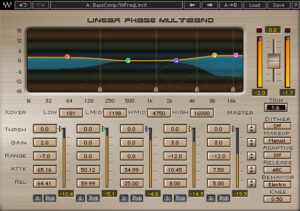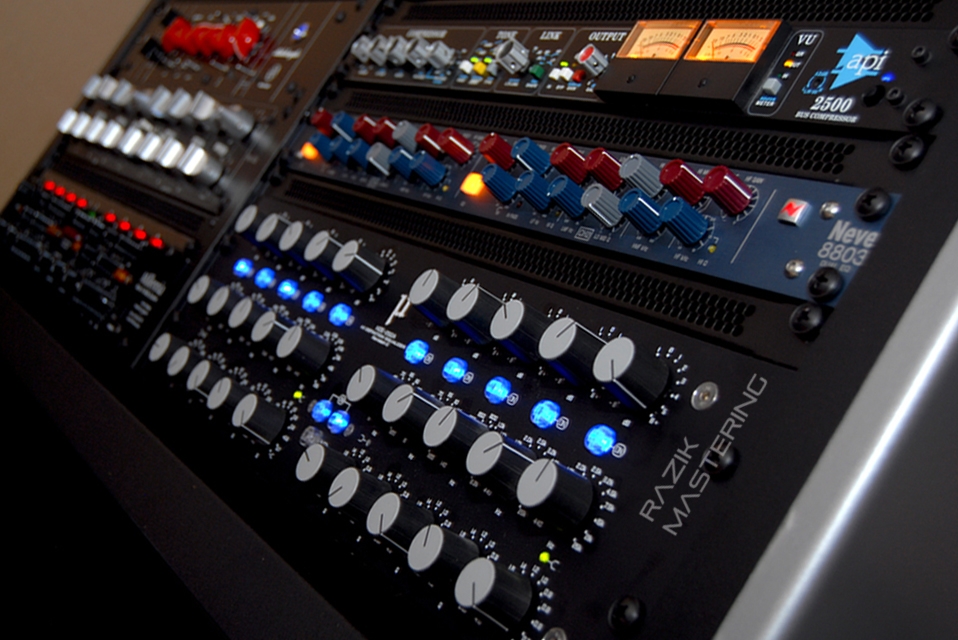The primary goal of mastering is to correct mix imbalance and boost certain sound characteristics. It is all about perfecting a high-quality mix and making it sound as good as it possibly can. It implies correcting levels and smoothing out the mix. You may think about it as the difference between a high-quality mix and a master that is ready to be released. The mastering process includes such steps as noise reduction, panning, equalization e.t.c. All of this can be done in professional studios such as EKmixmaster.
Can mastering have an impact on the consistency of the album?
A professional should always take into account how individual songs sound together within one album. Is your sound consistent? Do all the songs fit into the same concept and play with the same volume? You don’t have to use the same preset in all the songs of the album. The main objective is to smooth out the contrast between the songs while bringing out individual traits of each song.
The last stage is getting the track ready for download or recording it onto the disk. It depends heavily on several factors. If the track is meant to be published on a CD it means converting it to the appropriate format, setting CD-specific markings e.t.c. For web distribution, the song may require level adjustment to make it sound good as an MP3 or a high-resolution file.
Back in the day, the sound was recorded with a conical horn attached to the diaphragm. The diaphragm was attached to the scriber. The oscillations of air pressure moved the diaphragm and it moved the scriber which scratched the analog of the sound waves onto a moving disc coated with wax.
The launch of LP records radically changed the recording process. From now on engineers used tapes for recordings and their goal was to make the main copy of the recording. To do that, it became necessary to find and cut loud transient peaks recorded on the tape. These transient peaks were so powerful that they were able to burn out the elements of the disc cutter or make the scriber jump out of its place.
To find and lower the peaks, engineers needed special instruments, therefore compressors and limiters were invented and sonic adjustments started taking place after the track was recorded and mixed. So at early stages mastering implied controlling these instruments and fine-tuning the settings for a high-quality playback experience while saving the high quality of the sound.

The launch of the Recording Industry Association of America curve made the process of balancing the frequency spectrum part of the mastering. Its main objective was to permit greater recording time by making the grooves less thick and loose but it had a significant disadvantage: the process could bring out the sharpness in high frequencies and enhance the boominess of the bass that would make the scriber jump out of its place.
Gradually the demand for these instruments increased the demand for professionals who could use these tools effectively and their skills became highly appreciated. Some engineers noticed that apart from their practical application these tools could improve the listening experience. And just like that mastering was born. Even today mastering is a complex art that includes practical as well as a creative process. Even though there is no one right way to master tracks there are multiple traditional approaches followed by many mastering engineers. Mastering is a very complex process that can take your track to another level. If you want your tracks to be mixed and mastered by a pro don’t hesitate to contact us at https://ekmixmaster.com/.


